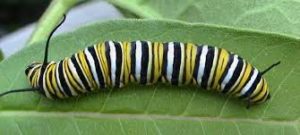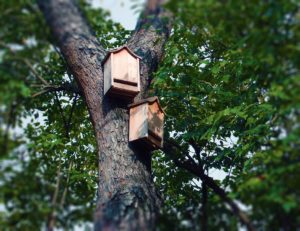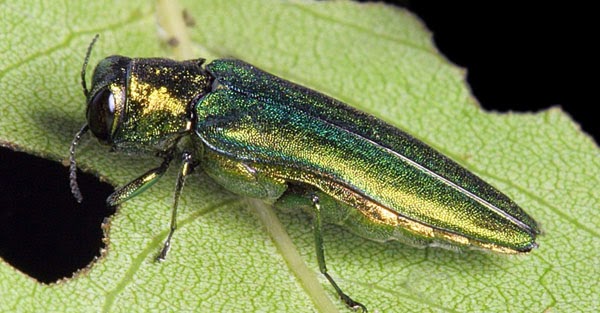We hear the term “sustainable” a lot nowadays. From the food we eat to the energy we use, it seems like the word sustainable is everywhere. As a landscaping company, Terracare has a passion to be stewards of our environment while protecting the health, safety and welfare of our communities, clients and staff. This dedication has allowed Terracare to lead the outdoor industry in developing sustainable environments for more than 30 years. Furthermore, we believe it is our responsibility to preserve our landscapes and take steps towards sustainability. In turn, ensuring that our future generations have an environment they can enjoy. Below are a few practices Terracare regularly takes to make your property more sustainable:
Providing you with a new approach to landscape
Terracare positions itself as a leader that embraces new technologies in our field and that understands new trends. By taking this approach, TCA can offer solutions that are innovative and cutting- edge. A few examples of this are using smart controllers, xeriscaping, installing edible gardens and drought tolerant landscapes.
Providing you with safer, more efficient plant-health care
Our team of professionals will bring out the best in your landscape implementing a strict Integrated Pest Management (IPM) schedule. This will focus on properly feeding your landscape while monitoring the plant material and using pesticides only as a last resort.
 Use recycling practices
Use recycling practices
Whenever possible, TCA composts and recycles plant materials and other organic material. By taking this approach, we cut down on the amount of waste in landfills and reduce greenhouse gases. Additionally, compost acts as a natural soil conditioner, which improves the soil structure and reduces needs for pesticide and synthetic fertilizer. We strive for zero waste on our projects.
What’s next?
If you need direction for your regenerative landscape and sustainable steps, reach out. Let us see what Terracare Associates and your organization can build together.






 Pests and unwanted vegetation can impact man-made lakes, ponds and water features. There are a few items to know about residential and commercial lakes, ponds, and other general water systems including how to develop an aquatic pest control system.
Pests and unwanted vegetation can impact man-made lakes, ponds and water features. There are a few items to know about residential and commercial lakes, ponds, and other general water systems including how to develop an aquatic pest control system.
